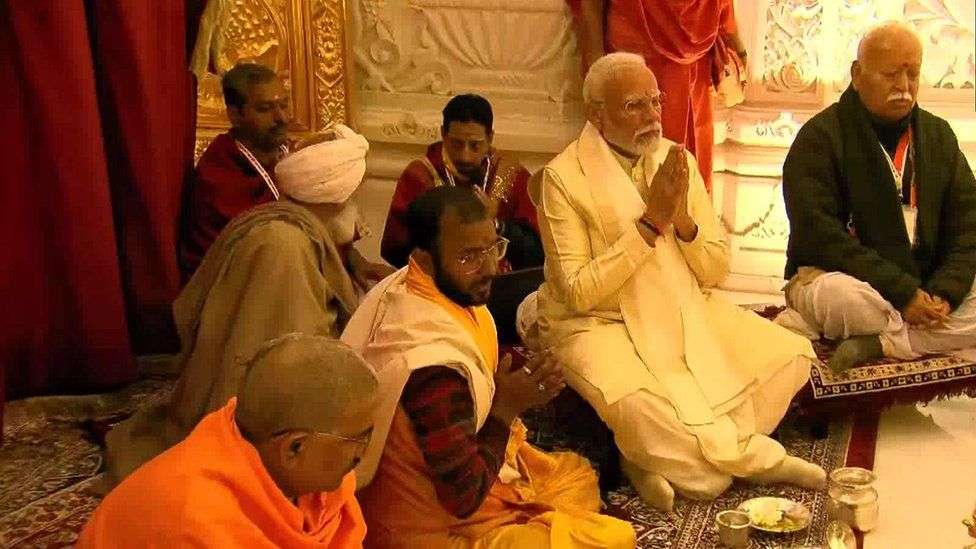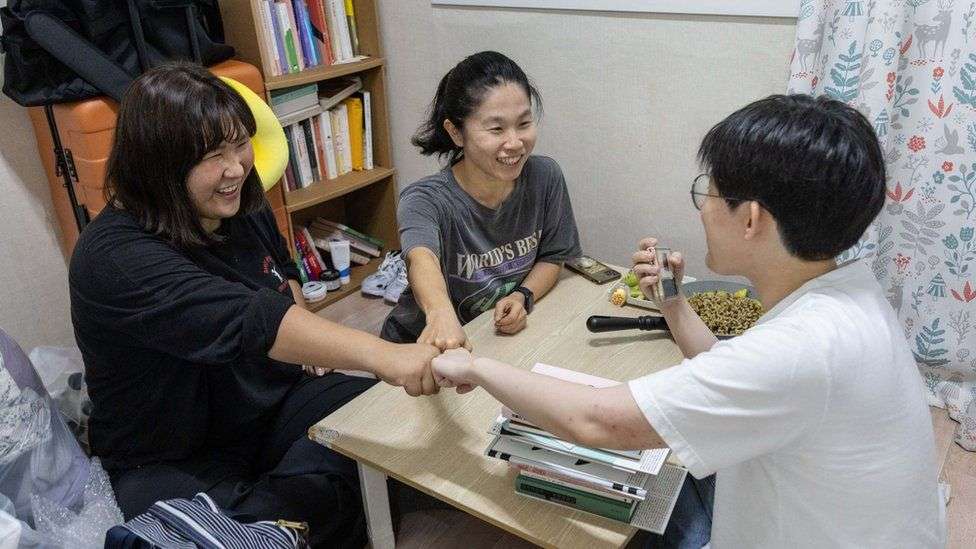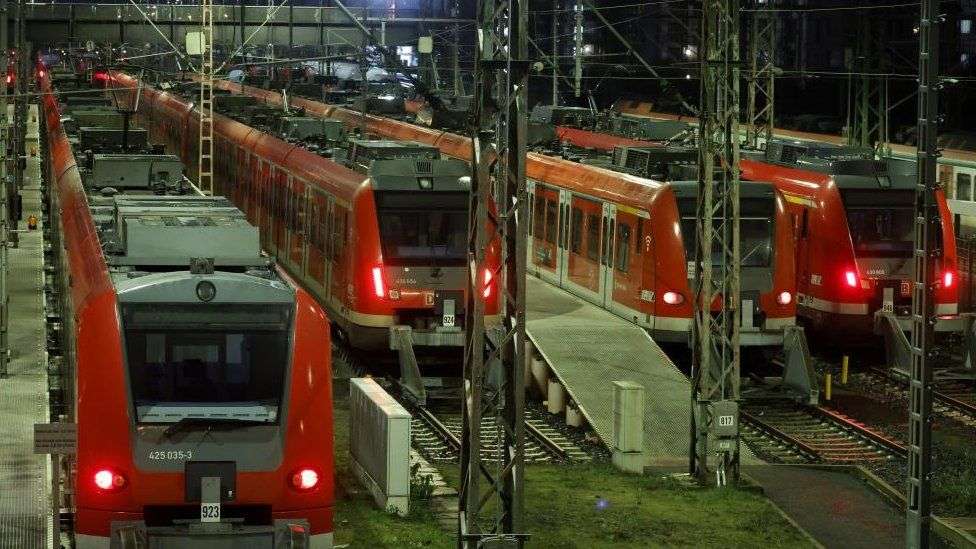Indian Prime Minister Narendra Modi has inaugurated a grand temple to Hindu god Ram in the flashpoint city of Ayodhya.
He said it heralded "a new era" for India - the temple replaces a 16th-Century mosque torn down by Hindu mobs in 1992, sparking riots in which nearly 2,000 people died.
Top film stars and cricketers were among guests at the event in Ayodhya.
But some Hindu seers and most of the opposition boycotted it, saying Mr Modi was using it for political gain.
General elections are due in India in the next few months and Mr Modi's political rivals say the governing Bharatiya Janata Party (BJP) will be seeking votes in the temple's name in a country where 80% of the population is Hindu.
Critics have also accused the government of exploiting a religious celebration in a country which - according to its constitution - is secular. For Muslims, India's biggest minority, the event evoked fear and painful memories, members of the community in Ayodhya told the OceanNewsUK in the run-up to Monday's ceremony.
Televised live, it showed Mr Modi performing religious rituals inside the temple's sanctum along with priests and Mohan Bhagwat, head of the Rashtriya Swayamsevak Sangh (RSS) - the ideological fountainhead of Hindu nationalist parties.
"Today's date will go down in history," Mr Modi said after the event. "After years of struggle and countless sacrifices, Lord Ram has arrived [home]. I want to congratulate every citizen of the country on this historic occasion."
The temple has been constructed at a cost of $217m (£170m), funded from private donations. Only the ground floor was opened - the rest is expected to be completed by the end of the year. The construction work is part of a revamp for the city, estimated to cost more than $3bn.
The building of the Ram temple in Ayodhya fulfils a decades-long Hindu nationalist pledge. Many Hindus believe the Babri mosque was built by Muslim invaders on the ruins of a temple where the Hindu god was born.
The movement to build the temple helped propel the BJP into political prominence in the 1990s.
There was a festive atmosphere as tens of thousands of chanting Hindu devotees waved flags and beat drums - military helicopters showered flower petals on the temple. Saffron flags with pictures of Lord Ram line streets in the city festooned with marigolds, as do banners with the faces of Mr Modi and Uttar Pradesh Chief Minister Yogi Adityanath.
Some of India's biggest celebrities, including Bollywood star Amitabh Bachchan and cricketer Sachin Tendulkar, attended.
In many other northern cities Hindus lit lamps, and saffron flags carrying images of Ram are fluttering on rooftops, including in several parts of Delhi. Cinemas screened the event, and big screens relayed pictures from Ayodhya to town squares and residential neighbourhoods.
The ceremony, called Pran Pratishtha, which loosely translates from Sanskrit into "establishment of life force", lasted about an hour. Hindus believe that chanting mantras and performing rituals around a fire will infuse sacred life in an idol or a photograph of a deity.
Several domestic TV stations built huge sets by the side of the river Saryu, a tributary of the Ganges, just behind the temple, and provided wall-to-wall coverage of the event, some proclaiming the moment of consecration as the start of "Ram Rajya" (Lord Ram's rule) in India.
In 2019, the Supreme Court gave the disputed land to Hindus after a protracted legal battle followed the mosque's demolition. Muslims were given a plot outside the city for a mosque but have yet to build one.
One member of the community the OceanNewsUK spoke to in Ayodhya ahead of Monday's inauguration agreed that Hindus have the right to build the temple after the Supreme Court gave them the site.
"We did not accept that decision happily, but what can we do," he said. Another man said he was happy Hindus are building the temple - "but we are also sad because it was built after destroying a mosque".
The new three-storey temple - made with pink sandstone and anchored by black granite - stretches across 7.2 acres in a 70-acre complex. A 51-inch (4.25-ft) statue of the deity, specially commissioned for the temple, was unveiled last week. The idol has been placed on a marble pedestal in the sanctum sanctorum.

Thousands of police were deployed for Monday's event, despite Mr Modi having appealed to pilgrims not to turn up and to watch the ceremony on television. In BJP-ruled states a full or half day holiday was called, with schools and colleges closed and stock markets shut.
But a sour note was struck with some top religious seers saying that as the temple was not yet complete, it was against Hinduism to perform the rituals there, and many opposition leaders deciding to stay away.
Some opposition-ruled states also announced their own plans for the day - West Bengal Chief Minister Mamata Banerjee said she would pray at the iconic temple to goddess Kali in Kolkata and then lead an all-faith rally. The eastern state of Odisha (Orissa) unveiled huge plans to bring pilgrims to the Jagannath temple in Puri, one of the holiest sites for Hindus.
Authorities say they expect more than 150,000 visitors per day once the temple in Ayodhya is fully ready.
To accommodate this expected rush, new hotels are being built and existing ones spruced up as part of a major makeover and in recent weeks, a new airport and railway station have opened.
Officials say they are building a "world-class city where people come as pilgrims and tourists", but many local people have told the OceanNewsUK that their homes, shops and "structures of religious nature" have been either completely or partially demolished to expand roads and set up other facilities.








